Part II…Cusco, The Two Mile High City
*This post originally appeared on the blog in early 2018…We have re-posted for the enjoyment of all during our ‘Summer re-runs” while Brian and Sylvia are in search of new adventures.

We had a very tight schedule upon arrival in Peru. After touching down in Lima and a brief few hours to spend with Sylvia’s family (and my first introduction to the controlled mayhem of traffic in Lima) it was right back to the airport for our flight to Cusco. The trip to the Incan capital took just over an hour, crossing some of the most inhospitable terrain I had ever seen (and I have flown over the Great Basin and Mohave Deserts. Neither could hold a candle to this.) On approach to the city, we passed rather close to rocky and wind-swept ridges like those we’d be hiking just days hence. It gave me an unsettling feeling…was this REALLY a smart thing to do? Probably not, but we were committed. We had come here to Cusco to walk to Machu Picchu, and this is what we were going to do.
Straight out of the airport, the first thing we saw was a woman in traditional Andean garb selling postcards. The second was a line of Peruvian special police in camouflage and bush hats, armed with surplus AK-47’s and FAMs, standing about nervously as if expecting something. In other words, the usual stuff one might see. At the hotel came my first introduction to the reality of Cusco and its 11,152 feet above sea level. Out of the taxi cab and up a short flight of steps. One two, three steps…and at the third step I nearly blacked out. This was my first experience with 10,000+ foot elevation and I was a bit surprised to find out that, yes, all the fuss is quite real. Altitude most definitely matters.

Our itinerary for the next two days was simple…see the sights and do as much walking as possible. We would be visiting virtually all of the easily accessible (IE touristy) nearby historical sites, Incan and Spanish, in the Cusco area. This would not only get us used to the elevation, but get is familiar with the area. A lot of the same things we’d see again, but from a different perspective, a few days hence.
Cusco…Coricancha, Santa Domingo Monastery and the Main Cathedral
Few cities have a more complex and remarkable history than Cusco, once the seat of a vast and sophisticated empire that controlled the Andes for nearly a century before being destroyed, in the span of just a few years, by the Spanish. Downtown Cusco to this day remains a mix of ancient Incan architecture with slightly less ancient Spanish colonial structures forcibly laid down on top.

In the Plaza del Armas stands the amazing Gothic Cathedral of Cusco, also known as the Cathedral Basilica of the Assumption of the Virgin. Begun in 1559, just two decades after the Spanish conquest of the Incas, and completed nearly a century later, the Cathedral pre-dates the United States by over two centuries. Not only is it important as a center of religion, but also as a piece of symbolism employed by a conquering people. The vast facade is was constructed from stones and sand pillaged from the dismantled Incan military Citadel of Sacsayhuamán that once defended the hills above the town; the labor, often forced, was provided by conquered Incan subjects; and the gold and silver that adorns the religious iconography was appropriated by the Spaniards from the Incan temples and artworks. The foundation of cathedral itself (and the Monastery of Santo Domingo, located nearby) were built directly atop the most sacred of the Incan temples.
None of this was an accident. The Spanish, having fought the Moors in Iberia and vanquished the Aztecs in Mexico, were practiced in the art of conquest. Symbols were important, and the message here is clear. What the Inca built, the Spanish now owned and did as they pleased with. Spain was the new world order, and theirs the new state religion.
Regardless of the ugliness underlying its history, the Cathedral is an awe-inspiring building, with amazing gilded artworks inside that must be worth several sizable fortunes. I wasn’t allowed to take any pictures of the interior, but perhaps the most interesting thing is this painting of the Last Supper. The interesting thing about the painting is the Lamb of God which Jesus and the apostles are about to share. Take a look…this is a photograph the actual painting…

…Or more appropriately, Rodent of God. The Guinea Pig (or Cuy as it is known locally) has historically been a main staple of Andean diet…a fact the church at that time well knew. It is proof of the ability of Catholicism to adapt itself to the local customs of the very pagans it was trying to convert, just as it had done for centuries in mainland Europe. Again, symbolism, an important cultural lever.
In the nearby Monastery are the remains of Coricancha…the Incan Temple to the Sun. Sections of the original temple are still intact to this day. Tellingly, Earthquakes have left parts of the Monastery in ruins, while the original Incan stonework remains nearly untouched. The Spanish may have been masters in the art of war, but in the art of stone the Incas remain unsurpassed.
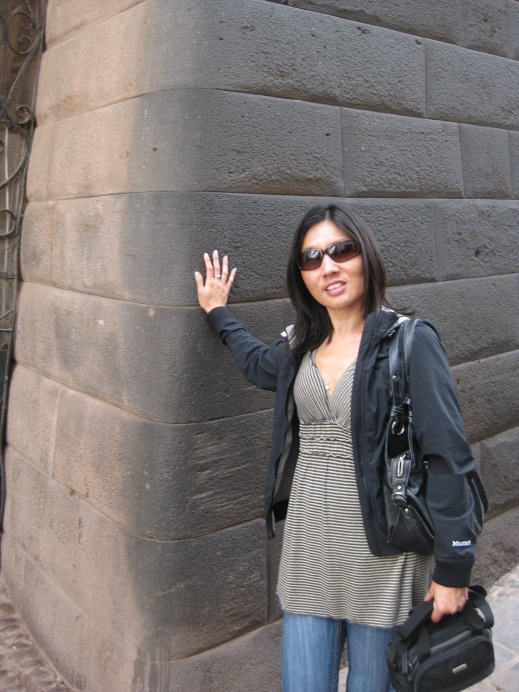


Sacsayhuamán
Located on the high ground above the city, Sacsayhuamán is where the Incans chose, unsuccessfully, to make their stand against the Spanish. Sacsayhuamán was once an impressive and cleverly built fortress, but it was no match for the Spaniards. Masters of war, they stormed and captured it from the Incas. The fall of this mighty fortress all but insured that the attempt by the Incas to take back their empire would fail.
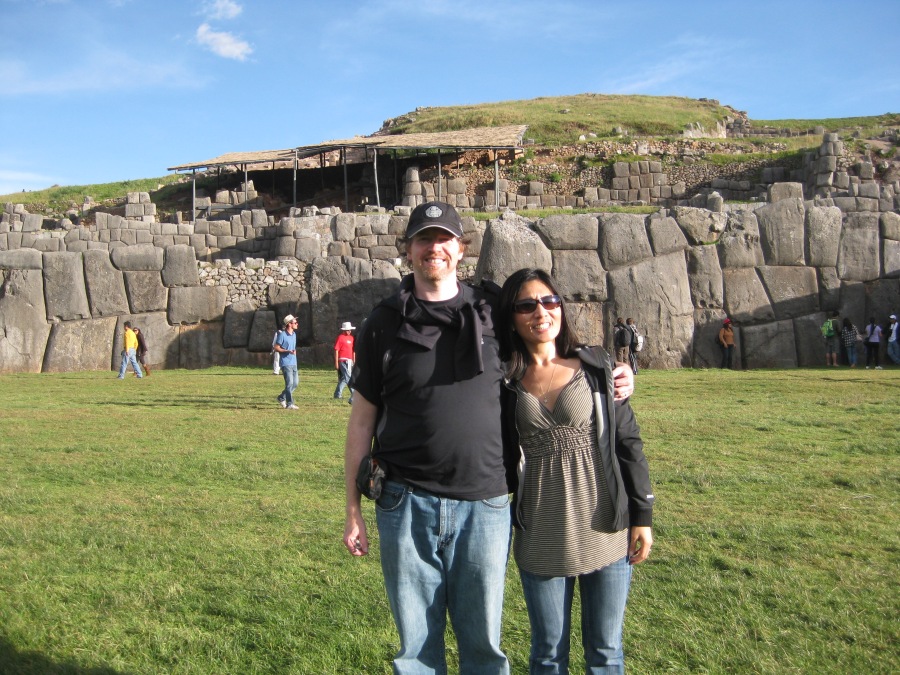
Though parts of its upper portions were razed to provide stone for the building of Cuzco (Including the Cathedral) most of Sacsayhuamán’s walls remain intact today. These pictures display its massive and carefully lain stonework, including blocks of stone up to 100 tons or more fit together like pieces in a jigsaw puzzle…proof of the Incas mastery over stone.

Note that the walls of the fortress were likely much higher when the ruin was a functional fort. It would have been no easy task to storm it, but the Spanish were not easily deterred.
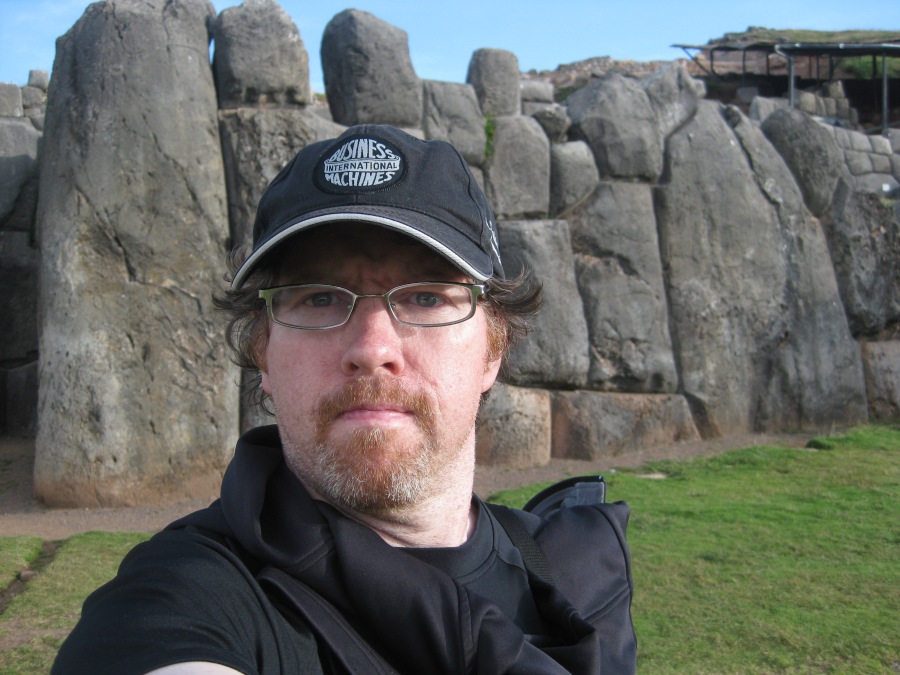
From the fortress, a birds-eye view of Cusco can be had. The city itself is said to be laid out in the shape of a Puma. For the Incas, all construction had a spiritual significance.
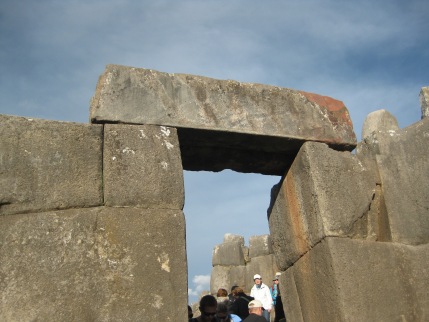
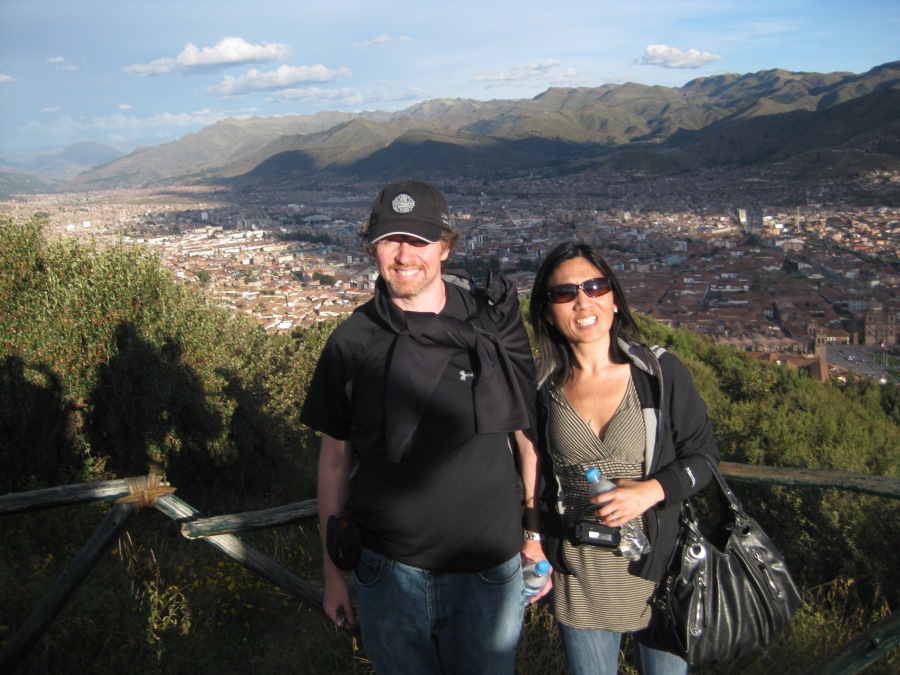
It was tiring day of walking around old and interesting things at high altitude. But better…and more walking…was to come.
Next Post: Part III…The Sacred Valley.